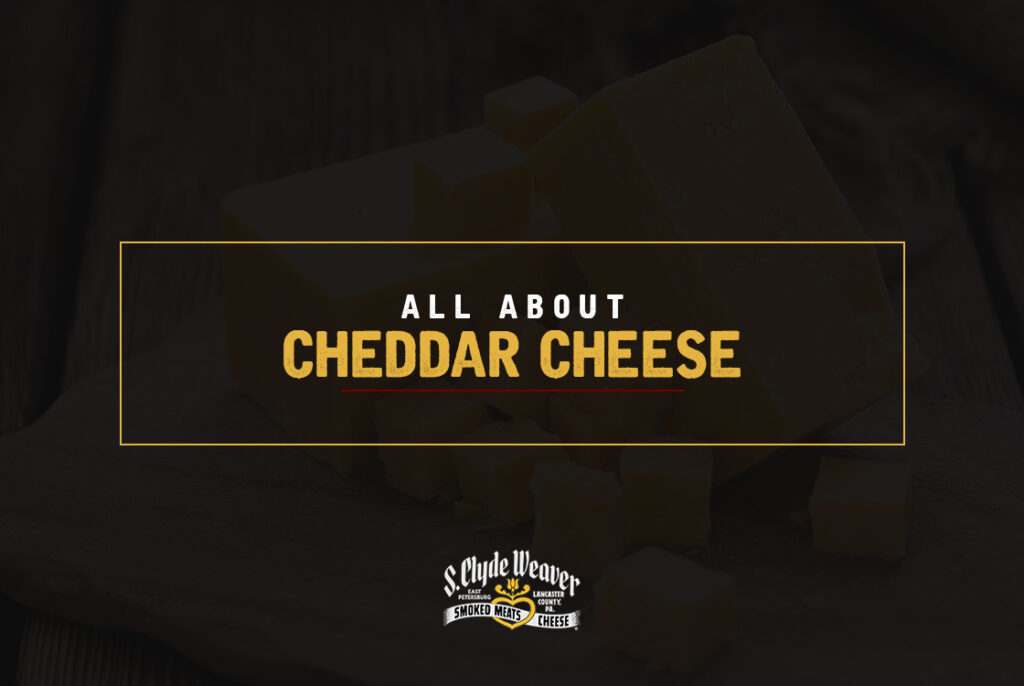
From its humble origins in the 12th-century village of Cheddar in southwest England, cheddar cheese has become the internationally beloved household staple that we know today. Our collective love of cheese has continued to grow, especially in the last ten years. The average American eats more than 40 pounds of cheese every year!
While cheddar cheese remains a family favorite, most cheese-lovers are unfamiliar with what makes this food so unique. Like, what’s the difference between cheddar and sharp cheddar? Is cheddar cheese supposed to be orange or white? These are just a few questions that we’re going to answer as we explore what exactly cheddar cheese is, how it’s made and how you can use it to enhance your own dishes.
What Is Cheddar Cheese?
Cheddar cheese is the most versatile cheese, used to enhance hamburgers and sandwiches, create hundreds of recipes and add depth and flavor to your favorite homecooked meals. The familiar flavor is the comforting taste of home, whether you prefer a creamy yellow cheddar spread or an aged wedge that delightfully crumbles at your touch.
Cheddar is a natural, hard cheese that is always made from cow’s milk. Its taste, appearance and texture change depending on how it is made and how long it has been cured.
Texture
If you’re a foodie, then you have probably enjoyed your fair share of cheese trays and cheese-topped pasta and dips. The ease of creating these familiar dishes is heavily reliant on the type of cheddar cheese used. The texture and malleability of cheddar cheese are determined by how long it’s been aged. If properly cured, the cheese becomes crumbly. On the other hand, if it isn’t aged long enough, the texture is smooth.
The ideal form of cheddar cheese was decided in the mid-19th century by Joseph Harding, known as the father of cheddar cheese. He was the first to introduce modern cheese-making methods and is accredited for inventing the definitive formula for producing quality cheddar.
According to Harding, the perfect cheddar cheese has a firm, closed texture with a mellow character that melts in your mouth. He also compared its rich, full flavor to a hazelnut.
Taste
The taste of cheddar cheese sharpens as it matures. Most mass-produced cheddar cheese is cured over 9 to 24 months. However, older cheeses are held in the highest esteem. Only the highest quality cheese can withstand a slow-aging process across multiple decades. That’s what makes the 21-year aged cheddar from our selection especially rare. It’s true what they say — the smellier the cheese, the better!
Color
You have most likely come across a rainbow of cheddar cheeses, ranging from white to deep orange. But if cheddar cheese is always made from stark white cow’s milk, how can it come in so many different colors? In its natural state, cheddar cheese remains off-white or pale yellow depending on the cow’s diet. The vibrant orange that you sometimes see is the result of a dye called “annatto.” It is a food coloring made from seeds of an achiote tree.
Whether you prefer white or yellow, aged or young, there are plenty of cheddar cheeses to choose from. And all offer a unique flavor and qualities.
How Is Cheddar Cheese Made?
The word “cheese” is derived from the Latin word “casus,” which means to ferment or become sour. This speaks directly to the cheese-making process. All cheeses are made similarly, and genuine cheddar cheese is crafted using some unique additional steps. It’s a longer process and requires more attention to detail to get its recognizable cheddar flavor and texture.
1. Heat and Acidify the Milk
Like most cheese, the cheddar recipe starts with heating the milk. At a high-heat setting, the milk is slowly heated to approximately 88 degrees. All the while, the cheesemaker stirs the milk so the temperature doesn’t rise too quickly.
Unlike other cheeses, cheddar cheese is always a cow’s milk cheese. However, different cheesemakers have their own preferences when it comes to using pasteurized or unpasteurized milk. Unpasteurized milk has its own natural bacteria that make the cheese’s flavor more complex. Regardless of which option you prefer, the result of cheddar cheese should be a rich taste that is more sweet than bitter.
Once the milk reaches the right temperature, cultures are added to make the milk acidic and begin fermenting. Cheddar cheese is usually made with mesophilic cultures. These cultures are used to help the necessary bacteria in the milk develop, leading to a richer, matured flavor. They absorb the lactose and transform it into lactic acid.
2. Curdle the Milk and Cook the Curds
Curdling is what brings the cheesy texture we know and love to life. An enzyme called rennet is added to the milk mixture to curdle the protein naturally found in milk, separating solids from liquids. When the solid curds form, the watery whey left behind can be drained so only the curds remain.
The curds are then heated to an even higher temperature so they release excess whey and melt together, creating the first signs of cheese.
3. Cheddar the Cheese
After the curds have been heated and drained of the whey, they are cut and stacked. This is the point when other types of cheese are squeezed together in molds to create blocks before they are processed and aged. But when it comes to cheddar cheese, an extra step gives it the right flavor and feel.
Cheddaring the remaining curds is the most delicate and essential part of cheddar cheese making. The cheesemaker creates large slabs of curds that are piled together and flipped a dozen or more times. As the flipping goes on, the cheddar gets increasingly dense and releases even more whey.
4. Mill and Salt the Cheese
Finally, the cheese is cut into small cubes. For mass production, a mill is used to cut the compact loaf of cheddar into cubes for processing. The milled curds are stirred continuously to keep them from matting together into larger pieces or slabs.
The cheese is then salted and pressed into molds that drain any remaining moisture from the cheese and allow it to age properly.
5. Age the Cheese Until Perfection
Cheddar cheese requires a minimum of three to six months to mature. However, the longer it ages, the better it tastes. Many cheddar variations on store shelves have been aged up to two years before making their way into your home.
For a more detailed explanation of how cheese is crafted and what separates inferior cheeses from those of a higher caliber, you can visit our guide to how cheese is made.
Cheddar Cheese Then and Now
As you can imagine, cheese making has changed significantly since its beginnings. While the exact date of cheese’s creation is unknown, evidence of cheese making dates back more than 7,000 years ago. Cheese was likely discovered unintentionally through the transportation of ruminant or cud-chewing animals’ stomachs.
Cheddar cheese was first made and mastered in the village of Cheddar in Somerset, England, in the Middle Ages. Caves called the Cheddar Gorge just outside the village offered the ideal environment for maturing cheddar cheese. Traditionally, cheddar cheese was required to be made within 30 miles of Wells Cathedral to bear the name “Cheddar.”
While prized today for its flavor, cheese originally served a practical purpose. Without refrigeration or a means of transportation, any surplus of milk would quickly spoil if left unused. To limit waste, farmers turned the milk into cheese. English cheesemakers quickly found that if they pressed the curd to release as much moisture as possible, as in the modern cheddaring process, the cheese would last even longer.
Eventually, this method was refined and perfected into the first sample of genuine cheddar cheese. Word quickly spread, and farms across the region soon adapted the same cheese-making methods.
Now, cheddar cheese is the world’s most popular type of cheese. The United States produced approximately 3.83 billion pounds of cheddar in 2020 alone.
Types of Cheddar Cheese
If you’ve ever browsed the refrigerated sections of your local grocery store, among the dozens of cheeses to choose from, you may have noticed several varieties of cheddar cheese. Unless you’re a cheese connoisseur, you might not notice the difference between a Vermont, mild or sharp cheddar cheese. While they are variations of the same product, they each have their own unique characteristics.
- Mild cheddar cheese: Mild cheddar cheese has a smooth and buttery texture. The flavor is on the mellow side, making it a favorite for children and adults. Mild cheddar is aged for just 2 or 3 months before it’s taken out of storage.
- Sharp cheddar cheese: Sharp cheddar cheese is noticeably more crumbly and dense than its mild counterpart. It is aged 6 to 9 months so it maintains a rich, creamy and smooth consistency while developing a tangy sweetness.
- Extra sharp cheddar cheese: Extra sharp cheddar requires a longer aging period — typically 18 months to two years. It offers an assertive flavor with a sharp bitterness. It crumbles or breaks when cut.
- New York cheddar cheese: New York cheddar cheese is much sharper and has a hint of smoke for additional flavor. It is pungent and bitter and can be aged anywhere from six months to ten years. Aside from its unique taste, it also has a distinguishable texture. Unlike other aged cheddars, it is slightly softer than mild cheddar blocks.
- Vermont cheddar cheese: Vermont is known for its maple syrup, picturesque winter landscapes and its cheddar cheese — sort of. Although it may sound confusing, Vermont cheddar cheese is not always produced in the state of Vermont. Rather any cheese that features a white color, instead of yellow or orange, is often labeled “Vermont cheddar.” However, real Vermont cheddar cheese uses locally sourced Vermont cow’s milk and has a smooth, creamy texture and a mild-yet-rich flavor.
- Farmhouse cheddar cheese: Farmhouse cheddar cheese can only be found in England. While the proud cheesemakers of Cheddar share the name with manufacturers worldwide, they wanted to maintain their identity and status as the finest cheddar cheese crafters in the world. So in 1996, the United Kingdom government officially awarded West Country Farmhouse Cheddar Cheese a Protected Designation of Origin (PDO) status. Therefore, true farmhouse cheddar cheese is made solely in England, always from the same farm and aged at least nine months.
- Bandaged wrapped cheddar cheese: Bandaged cheddar is cheese that is wrapped in a cheesecloth throughout its aging process. The cheesecloth provides protection while still allowing air to penetrate. This creates a natural rind under the cloth that further protects the cheese. You’ll know right away if it’s bandaged-wrapped cheese because the hard, thick cloth is still on the wheel when it is sold.
- Wax-covered cheddar cheese: Waxing is a technique used to protect hard cheese from bacteria and unwanted mold. It also keeps the cheese from drying out. The wax seal offers an airtight covering that allows the cheese to age naturally without interference from its environment. Unlike bandaged cheddar cheese, wax-covered cheeses do not develop a rind.
- Vintage cheddar cheese: Some cheddars are aged longer than others. But for a cheddar to be considered a true vintage cheese, it must be aged for at least 15 months. Some cheddars are aged ten years or longer.
- Processed cheddar cheese: What makes processed cheddar cheese different from other types of cheddar is its unique blend of cheddars. Processed cheese is heated to pasteurized temperatures to keep it from ripening. This allows for a longer shelf life than other types of cheese. The result is a smooth, mild cheddar cheese that can be bought in wedges or spreads.
The Best Ways to Eat Cheddar Cheese
How does one eat the most famous cheese in the world? We have seen it cooked down into a soup, spread in a decorative array on charcuterie boards, sandwiched between grilled bread slices and sprinkled on salsa and bean-based dips. So what other foods best pair with the cheese that is a cut above the rest? Let’s discuss several of the best cheddar cheese pairings.
1. Fresh Fruit
Cheddar cheese is nutty, tangy and easily complemented by many fruits. Apples, pears, dried cranberries, grapes, figs, apricots and raspberries all go with cheddar cheese. If you’re creating a cheese board, you might include three to five kinds of cheese with two or three types of fruit to match the various flavors. Fresh fruit is a great way to balance out the sharpness in aged cheddar cheese.
2. Salty and Sweet Nuts
An extra sharp cheddar cheese boasts tangy citrus flavors that go well with the sweet taste of almonds. This is a classic combination that is often found in cheese spreads. If you have a Vermont cheddar on hand, you can match it with peanuts for a sweet pairing. And let’s not forget cashews! The soft and buttery sweetness of cashews makes them an ideal choice for bringing out the sharp taste of cheddar cheese.
3. Cuts of Meat
Meat and cheese were simply made for each other. Together, they make classic and unforgettable combinations. When it comes to matching cheddar cheese with some meat counterparts, you can’t go wrong with salami, corned beef, ham cut right from the bone or beef brisket. Cheddar cheese is also a great addition to burgers and the perfect side to a flavorful beef jerky.
You might even find a delicious pork sausage stuffed with cheddar, perfect for breakfast or sandwiches. If your palate favors hot and spicy flavors, then chorizo and cheddar are your match made in heaven.
4. Breakfast Foods
Sausage, bacon, pancakes and a side of cheesy eggs makes for a perfect first meal any day. The complexity of cheddar cheese makes it incredibly diverse so that it can be served with many foods. If you love a salty breakfast with a ton of flavor, you can top your home fries or hash browns, eggs and vegetables with a sprinkle of shredded cheddar cheese.
5. Vegetables
Broccoli and cheddar cheese soup offers a warm, comfy combination of flavors that makes the most of cold winter days. If broccoli isn’t your vegetable of choice, you have plenty of others to choose from. Cheddar cheese pairs well with many vegetables, including roasted red pepper, pickled radish, eggplant, sun-dried tomatoes, zucchini, potatoes and cauliflower.
6. Wine
If there were a combination that could rival meat and cheese, it would be cheese and wine. Sometimes all you need is a hearty glass of red or white to appreciate the complexity of cheddar cheese. Wine and cheese pairings incorporate some unique flavors into an aromatic and mouth-watering experience. Wine and cheese make for a perfect appetizer to start your meal or an excellent dessert option for those who prefer to forgo sweeter dishes.
For mild cheddar cheese, we recommend a glass of Malbec, Sangiovese, Chianti, dry Rosé or Pinot Grigio. If you favor sharp cheddars, consider Cabernet Sauvignon, Merlot, Zinfandel, blended reds, Syrah or Riesling.
There’s no shortage of delectable wine-and-cheese duos to experiment with. If you are still having trouble deciding which pair to enjoy, here are a few simple wine and cheese pairing rules to help you decide:
- Creamier cheeses go well with light, white wines.
- Red and bold wines pair best with aged cheeses.
- Full-bodied wines match well with heavy cheeses.
7. Fresh Herbs
You can’t properly cook a dish that features cheddar cheese without herbs that tie the flavors together. Sage, thyme, dill and chives elevate the flavors in sharp-tasting cheese like New York, Vermont and aged cheddars.
Bring Tradition and Quality to Your Favorite Cheeses From S. Clyde Weaver
While we may be a far cry from 12th century England, S. Clyde Weaver continues the legacy of producing fine quality cheeses right in the heart of Lancaster County. We’ve been making our delicious cheddars using the same methods we used in the 1900s, and all our fine cheddars are aged five years or more for the superior sharpness and flavor you crave.
Our wide selection of cheeses can be delivered right to your doorstep for you to enjoy at home. Browse our selection of locally sourced cheddar and add other cheeses to complete your cheese platter or check out our variety of meats to create your perfect meal using cheddar cheese.
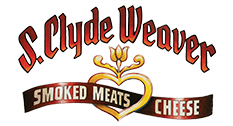



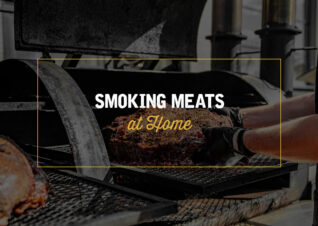
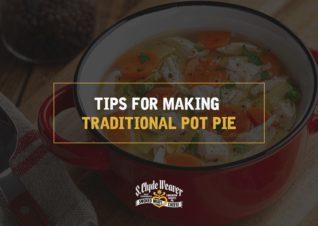
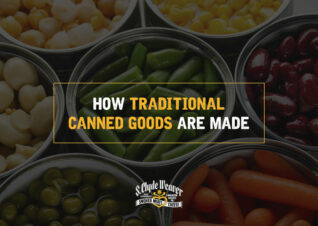

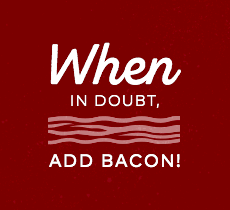
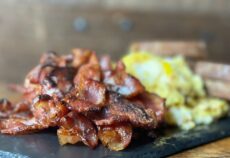
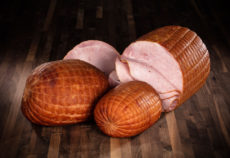
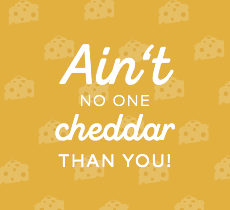
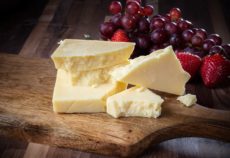
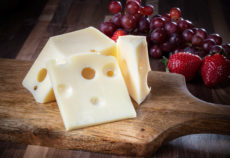
I certainly desire to sample Cheddar aged beyond 24 months.
I consume Cabot white extra sharp cheddar often.